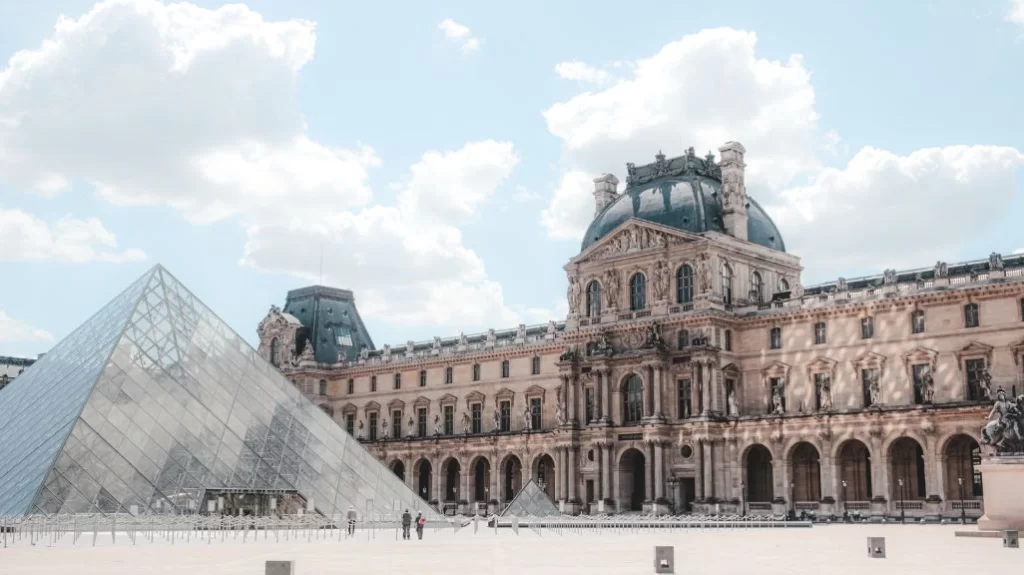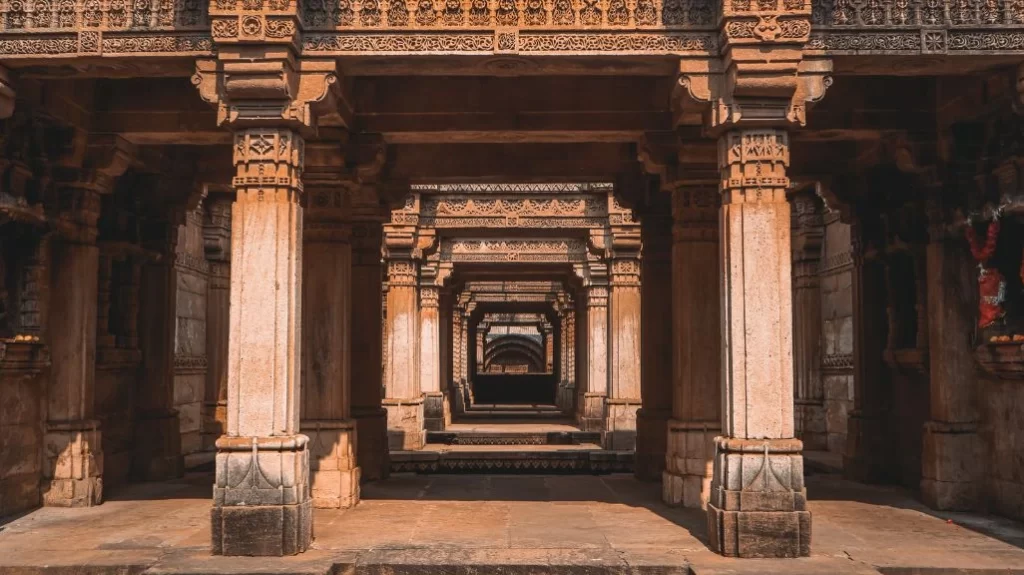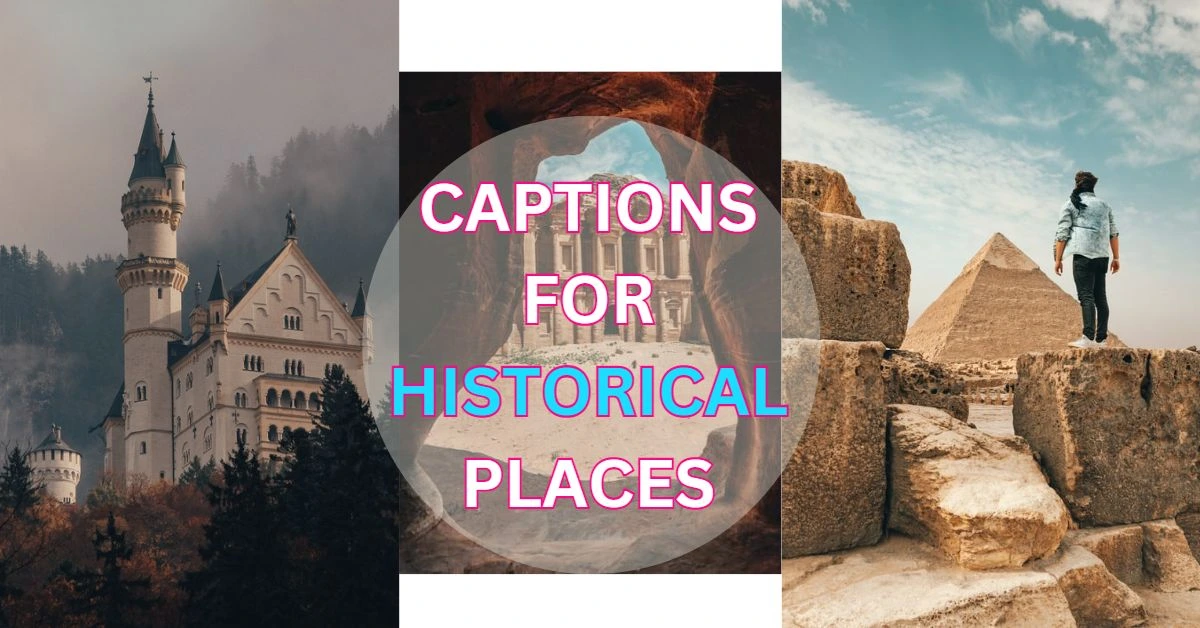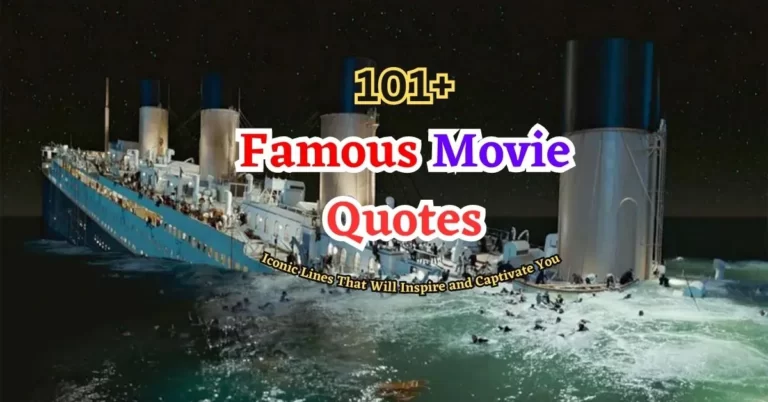Captions for Historical Places to Unveiling the Stories of the Past
Historical places carry the weight of centuries, holding within them tales of triumph, tragedy, and human endeavor. Discover insightful and evocative phrases that bring the stories of the past to life, allowing you to enhance your travel memories and share the significance of these remarkable destinations.
- The Petra: “The ancient city of Petra was carved into a sandstone cliff by the Nabataeans over 2,000 years ago. It was a major center of trade and commerce, and is now a UNESCO World Heritage Site.”
- The Palace of Versailles: “The Palace of Versailles was built in the 17th century as a symbol of the power and opulence of the French monarchy. It features over 700 rooms, including the famous Hall of Mirrors.”
- The Stonehenge: “The Stonehenge is a prehistoric monument in England, consisting of a ring of standing stones. Its purpose and construction remain a mystery, but it is believed to have been built around 2500 BCE.”
- The Forbidden City: “The Forbidden City was the imperial palace of the Ming and Qing dynasties in China. It served as the political and ceremonial center of China for almost 500 years.”
- The Alhambra: “The Alhambra is a palace and fortress complex in Spain, built by the Moors in the 14th century. It is famous for its intricate tilework, fountains, and gardens.”
- Mount Rushmore: “Mount Rushmore is a sculpture carved into the granite face of a mountain in South Dakota. It features the faces of four prominent American presidents: George Washington, Thomas Jefferson, Theodore Roosevelt, and Abraham Lincoln.”
- The Hagia Sophia: “The Hagia Sophia is a former Christian cathedral and Islamic mosque in Istanbul, Turkey. It is considered one of the greatest architectural achievements of the Byzantine Empire.”
- The Tower of London: “The Tower of London is a historic castle and royal palace in London, England. It has served as a prison, a royal mint, and a repository for the crown jewels.”
- The Parthenon: “The Parthenon is a temple in Athens, Greece, dedicated to the goddess Athena. It is considered one of the greatest achievements of classical Greek architecture.”
- The Eiffel Tower: “The Eiffel Tower is an iconic symbol of Paris, France, and one of the most recognizable landmarks in the world. It was built in 1889 for the World’s Fair, and was initially criticized for its unconventional design.”
Historical places are a treasure trove of stories, culture, and heritage. They offer us a glimpse into the past and help us appreciate the journey of humanity. From the ancient pyramids of Egypt to the majestic Roman Colosseum, historical sites are a testament to human innovation and creativity.
Also Read: Captions for Temple Visit To Enhance Your Spiritual Journey

When it comes to captions for historical places, there are several angles that you can take. You can choose to focus on the architecture of the place, its historical significance, or the cultural impact it has had. You can also choose to highlight interesting facts or stories associated with the place.
Captions for historical places can also be used to educate and inform. You could share interesting facts or trivia about the place, or highlight lesser-known aspects of its history. For example, you could talk about the engineering marvels that were used to build the Colosseum or the cultural significance of the Angkor Wat temple complex in Cambodia.
The Importance of Captions for Historical Places
Captions are an essential part of sharing photographs online, and they play a particularly important role when it comes to sharing photos of historical places. Captions can help to enhance the beauty of a photograph, but they can also convey information, emotion, and significance.
Best Captions for historical places are an essential tool for sharing and preserving the beauty, significance, and complexity of these important cultural sites. They can provide context, preserve memories, inspire curiosity, and promote cultural understanding. By creating thoughtful and engaging captions, we can help to ensure that these incredible places are appreciated and valued for generations to come.
Historical Captions that Tell a Story
Captions for historical places can do more than just provide information or describe the beauty of a site – they can also tell a story. By using captions to tell the stories of the people, events, and ideas associated with a historical place, we can create a deeper and more meaningful connection to the past.
Also Read: Inspiring and Delicious Biryani Lovers Quotes to Satisfy Your Cravings

- The Berlin Wall: “The Berlin Wall was erected in 1961 to prevent East Germans from fleeing to the West. It stood as a symbol of the Cold War for 28 years, until it was finally torn down in 1989.”
- The Statue of Liberty: “The Statue of Liberty was a gift from the people of France to the United States in 1886. It has come to symbolize freedom and democracy, and has welcomed millions of immigrants to the United States.”
- The Boston Tea Party: “In 1773, a group of American colonists boarded three British ships in Boston harbor and dumped 342 chests of tea into the water. This act of rebellion was a major catalyst for the American Revolution.”
- The Battle of Gettysburg: “The Battle of Gettysburg was fought in July 1863, and is considered one of the turning points of the American Civil War. It was a brutal and bloody conflict that claimed the lives of over 50,000 soldiers.”
- The Trail of Tears: “In the 1830s, the United States government forced thousands of Cherokee people to leave their ancestral lands in Georgia and move to Oklahoma. This forced migration became known as the Trail of Tears, and resulted in the deaths of thousands of Cherokee people.”
- The Civil Rights Movement: “The Civil Rights Movement was a social and political movement in the United States that aimed to end segregation and discrimination against African Americans. It was led by figures such as Martin Luther King Jr., Rosa Parks, and Malcolm X.”
- The D-Day Landings: “On June 6, 1944, Allied forces landed on the beaches of Normandy, France, in one of the largest amphibious invasions in history. The D-Day landings marked a major turning point in World War II.”
- The Industrial Revolution: “The Industrial Revolution was a period of rapid industrialization and technological advancement that began in the late 18th century. It transformed the way goods were produced and led to significant social and economic changes.”
- The Women’s Suffrage Movement: “The Women’s Suffrage Movement was a political and social movement that aimed to give women the right to vote. It gained momentum in the late 19th and early 20th centuries, and led to the passage of the 19th Amendment to the U.S. Constitution in 1920.”
- The Apollo Moon Landing: “In 1969, NASA’s Apollo 11 mission successfully landed astronauts Neil Armstrong and Edwin “Buzz” Aldrin on the moon. This historic achievement marked a major milestone in human space exploration.”
- The Spanish Inquisition: “The Spanish Inquisition was a period of religious persecution in Spain that began in the late 15th century. It targeted Jews, Muslims, and other non-Christians, and resulted in the deaths of thousands of people.”
- The Salem Witch Trials: “In the late 17th century, a series of trials and executions took place in Salem, Massachusetts, in which people were accused of practicing witchcraft. The Salem Witch Trials remain a haunting reminder of the dangers of mass hysteria and persecution.”
- The French Revolution: “The French Revolution was a period of radical social and political upheaval in France that began in 1789. It led to the overthrow of the monarchy and the establishment of a republic, and had a significant impact on the course of European history.”
- The Harlem Renaissance: “The Harlem Renaissance was a cultural movement that took place in the 1920s and 1930s in Harlem, New York. It was a time of great artistic and intellectual achievement, and helped to give voice to the experiences of African Americans.”
- The Vietnam War: “The Vietnam War was a protracted conflict that took place in Southeast Asia from 1955 to 1975. It was a highly controversial war that resulted in the deaths of millions of people and had a profound impact on American society.”
- The Renaissance: “The Renaissance was a period of artistic and intellectual flourishing that took place in Europe from the 14th to the 17th century. It was a time of great innovation and creativity, and gave rise to some of the most iconic works of art and literature in history.”
- The Transatlantic Slave Trade: “The Transatlantic Slave Trade was a brutal and inhumane system of forced labor that took place from the 16th to the 19th century. It resulted in the capture, enslavement, and transportation of millions of Africans to the Americas.”
- The American Revolution: “The American Revolution was a political and military conflict in the late 18th century that resulted in the independence of the United States from Great Britain. It was a pivotal moment in the history of the United States and had a major impact on the course of world history.”
- The Renaissance: “The Renaissance was a period of artistic and intellectual flourishing that took place in Europe from the 14th to the 17th century. It was a time of great innovation and creativity, and gave rise to some of the most iconic works of art and literature in history.”
- The Holocaust: “The Holocaust was a genocide that took place during World War II in which millions of Jews and other minority groups were systematically murdered by the Nazi regime. It remains one of the darkest chapters in human history.”
Also Read: 2 Word Captions for Instagram | Short and Impactful Descriptions
All-Time Best Captions for Historical Places
Below are some best captions please writhe your visited place inside the given Bracket.
- “Step back in time and explore the wonders of [Historical Place].”
- “Immerse yourself in the rich history of [Historical Place] and witness its grandeur.”
- “Discover the hidden stories and secrets of [Historical Place], a treasure trove of the past.”
- “Experience the echoes of history at [Historical Place], where legends come alive.”
- “Uncover the mysteries of [Historical Place], where every stone has a tale to tell.”
- “Walk in the footsteps of ancient civilizations at [Historical Place], a living testament to the past.”
- “Behold the architectural marvels of [Historical Place], a testament to human ingenuity.”
- “Transport yourself to another era at [Historical Place], where the past meets the present.”
- “Witness the timeless beauty of [Historical Place], a living heritage of our ancestors.”
- “Marvel at the exquisite craftsmanship of [Historical Place], a true masterpiece of history.”
- “Immerse yourself in the rich cultural heritage of [Historical Place], where traditions come alive.”
- “Discover the grandeur and opulence of [Historical Place], a symbol of a bygone era.”
- “Journey through time and explore the ancient ruins of [Historical Place], a window into the past.”
- “Experience the allure of [Historical Place], a place where history and natural beauty converge.”
- “Step into the pages of history at [Historical Place], where legends were born.”
- “Marvel at the architectural wonders of [Historical Place], a testament to human creativity.”
- “Be captivated by the stories etched in the walls of [Historical Place], a living chronicle of the past.”
- “Embark on a voyage of discovery at [Historical Place], where history unfolds before your eyes.”
- “Experience the legacy of [Historical Place], a monument that stands the test of time.”
- “Indulge in the enchanting ambiance of [Historical Place], where history whispers its secrets.”
Conclusion
To write effective captions for historical places, it’s important to focus on the most important information, use plain language, keep captions concise, use engaging language, use visuals to enhance captions and proofread carefully.
Captions can inspire appreciation for history, encourage visitors to explore and learn more about the site and help visitors connect with the people, events, and ideas that shaped it. So, embark on a journey of storytelling through your photos, using these captivating captions to unveil the hidden stories of historical places.
FAQs
Captions should include the most important information about the place, such as its history, culture, and significance. They should also be concise, written in plain language, and use engaging language to encourage visitors to explore and learn more.
No, captions should be written in plain language that is accessible to everyone, regardless of their level of knowledge about the subject matter. Avoid using technical terms or jargon that may be unfamiliar to visitors.
A: Visuals such as photographs, maps, and illustrations can help enhance the effectiveness of captions by providing visitors with additional context and information. Make sure that visuals are high-quality and relevant to the subject matter.







